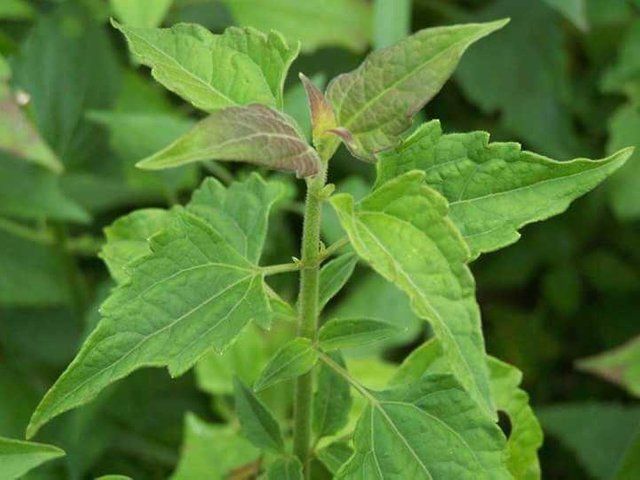Nilam Aceh

Nilam Aceh
The name 'patchouli' comes from the Tamil pacchilai ataupaculli which means green leaves. However, these plants are known by different names in different local languages. In Indonesia, people more often call it patchouli (in Sumatra) or dilem wangi (in Java), the names introduced during the Dutch colonial era. Patchouli distillery originated from British Malaya during the middle of the late 19th century. The most important distillation center of the time was on Penang Island and Straits Settlements in Singapore. After the harvest, patchouli leaves are exported to Europe and processed at modern refineries, but the largest part of the refining process is done by refiners in Penang and Singapore.
At the turn of the century, the focus of cultivation in British Malaya changed to a rubber tree, allowing patchouli refiners without sufficient supply of dry patchouli leaves. Therefore, refiners turned their attention to suppliers in Sumatra. Patchouli cultivation in Sumatra and Aceh is particularly intensified and dried patchouli leaves are exported to refineries in Singapore, Penang and Wellesley. However, patchouli cultivators in Aceh began to face problems when rubber prices dropped sharply in 1919 and planters in British Malay renewed their energy with patchouli cultivation. After that, the export of Aceh patchouli leaves decreased and caused the planters to experience the excess supply of dry patchouli leaves. To solve this problem, it was decided to distill the patchouli leaf in Sumatra and this marks the beginning of patchouli industry in the area.
This industry developed and in the mid-20th century Sumatra became the world's largest supplier of patchouli oil with Aceh as its cultivation center. A small portion of the oil is exported to Singapore, Penang and Wellesley through ports along the Aceh coast, but mostly, the oil is transported by buyers to Java. In Java, patchouli oil from Sumatra is exported along with a small portion of oil from Java to abroad.
patchouli aceh 2Industrial patchouli in Aceh declined during World War II and after the war when attention shifted to other areas. However, after the Asian Economic Crisis of 1997, the value of patchouli oil in US dollars increased rapidly and the Indonesian rupiah suffered devaluation. These two events caused a great increase in local prices. The cultivation of patchouli becomes so profitable that people point to this period as the 'patchouli' season. Patchouli production was congested, but returned to its previous level at the end of 1998 just when the farmers were ready for harvest. To avoid the same mistake, the price of patchouli has been monitored by the Indonesian Essence Board (DAI) since 2004. Current price updates can also be accessed through the DAI website.
Since the beginning of the 21st century, farmers / refiners in Java have increased their patchouli oil production and have replaced Aceh as the largest patchouli producer since 2005. Some patchouli businesses think that producers from Aceh move their production sites to other parts of Indonesia. However, this assumption is not supported by the relatively stable volume of patchouli production in Aceh since the 1980s.
Congratulations! This post has been upvoted from the communal account, @minnowsupport, by yarzukuna from the Minnow Support Project. It's a witness project run by aggroed, ausbitbank, teamsteem, theprophet0, someguy123, neoxian, followbtcnews, and netuoso. The goal is to help Steemit grow by supporting Minnows. Please find us at the Peace, Abundance, and Liberty Network (PALnet) Discord Channel. It's a completely public and open space to all members of the Steemit community who voluntarily choose to be there.
If you would like to delegate to the Minnow Support Project you can do so by clicking on the following links: 50SP, 100SP, 250SP, 500SP, 1000SP, 5000SP.
Be sure to leave at least 50SP undelegated on your account.